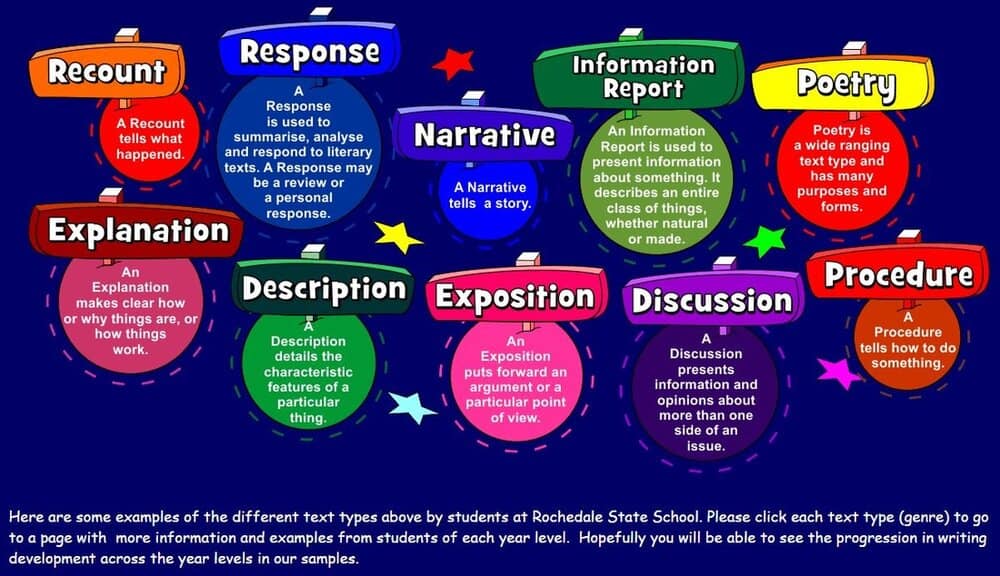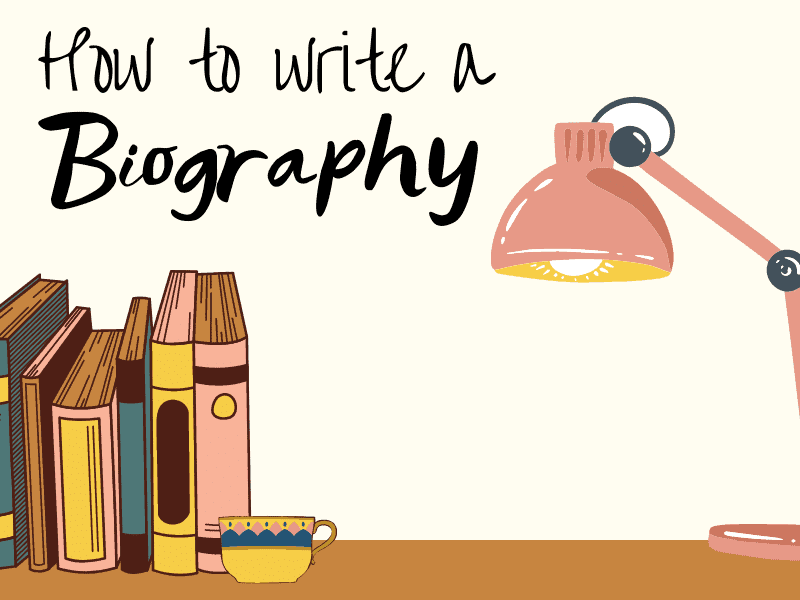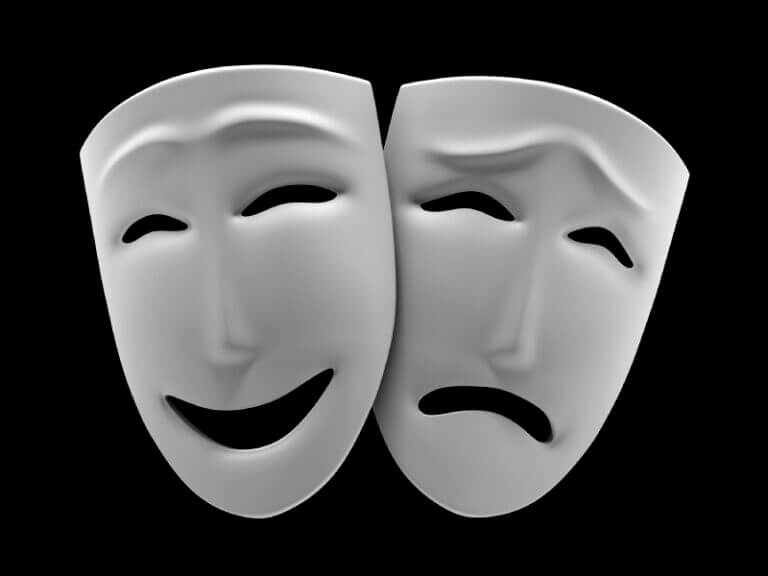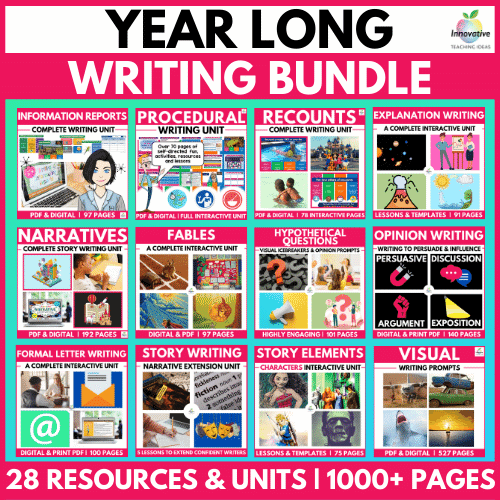Story That is Continued Throughout a Body of Text

A guide to understanding different types of writing and text types.

Reading and writing are very complex skill sets that make heavy demands on our students.
Beyond the challenges of grammar, punctuation, and spelling, students need to understand the conventions and structures of the many different text types or genres.
Each time we put pen to paper, we set off with the intention of completing a specific task. That is, we begin with a purpose we wish to accomplish with our writing.
There are lots of different reasons that can spur us to begin writing. For each of these reasons, there are general conventions or criteria that students must understand and incorporate into their work if they're to achieve their purpose effectively.

In this article, we'll take a look at some of the main text types. We'll examine the purpose of each of these specific text types before looking at some of the main features and criteria of each of these.
Finally, we'll suggest an activity or two that you can use in the classroom today to help students consolidate their understanding of each text type.
What are the main text types?
There are many different text types a person may encounter in the course of a single day. They might read a newspaper article in the morning, then write a letter (or email) to a friend, follow a recipe to make dinner, complete an application form, pick up a leaflet, before finally savouring a good novel at bedtime. While all of these forms of text have the written word in common, each has its own unique features and conventions.
There are many different ways to categorize the broad range of reading and writing materials we can encounter in a single day. But, generally speaking, it's helpful to think of them in terms of two overarching and broad categories: factual and literary.
FACTUAL TEXTS
ENDEAVOR TO INFORM, INSTRUCT, OR PERSUADE THROUGH THE USE OF FACTS AND INFORMATION.
LITERARY TEXTS
SEEK TO ENTERTAIN, ENLIGHTEN, OR ELICIT EMOTION THROUGH A CREATIVE USE OF LANGUAGE AND STRUCTURE.
Within each of these two broad categories are several sub-categories, which we will explore in the rest of this article. Take note, depending on the curriculum you are working with, text types may be referred to using slightly differing terms.
It's worth noting, too, that while the two general categories are a very useful way to think about the different text types, not all text types will sit exclusively in one camp or the other. For example, the increasingly common genre known as literary nonfiction, or creative nonfiction, has a foot in both camps.
That said, for the vast majority of text types that our students will look at, these categories are functional and practical.
Now, let's take a closer look at some of these text types. We'll start with the factual.
DOWNLOAD OUR 52 DIGITAL WRITING JOURNAL TASKS

Our FUN TEN-MINUTE DAILY WRITING TASKS will teach your students the fundamentals of creative writing across all text types. 52 INDEPENDENT TASKS are perfect for DISTANCE LEARNING.
These EDITABLE Journals are purpose-built for DIGITAL DEVICES on platforms such as Google Classroom, SeeSaw and Office 365. Alternatively, you can print them out and use them as a traditional writing activity.
30+ 5-star Ratings ⭐⭐⭐⭐⭐
Factual Text Types
Discussion Texts

Purpose: The purpose of a discussion text is to explore more than one point of view on a given subject in order to reach an informed opinion or to make a decision on an issue.
Structure: Generally speaking, discussion texts will begin by providing background information on the issue before introducing the central area or areas of contention. At this point, the text will then begin to explore the various arguments for and against with an examination of the supporting evidence. The conclusion will summarise both sides of the argument before giving a recommendation based on the writer's evaluation of those arguments.
Main Features:
- The title is often in the form of a question
- Written in the present tense
- Generic statements are followed by specific examples
- Arguments are sometimes supported by diagrams, illustrations etc
Suggested Activity: An effective way to lead to writing a discussion text is to hold a discussion or debate in the classroom on a contentious issue or a topic that piques the interest of your class. For example, Should video games be considered a sport? or Due to technology, homeschooling should replace traditional schooling.
Explanatory Texts

Purpose: Explanatory texts move beyond providing straightforward descriptions to looking at things like causes and reasons. They move beyond retelling what happened, such as in a simple report, to address the why and how of what happened.
Structure: Explanatory texts usually open with a general statement that introduces the topic to be explored, for example, "During the winter, some birds migrate to warmer parts of the world." The various steps of the process are then explained in a logical order.
Main Features:
- The title reveals what is being explained
- It may contain diagrams, flowcharts, illustrations etc
- Written in simple present tense
- Time connectives are used such as first, after, then, next, finally etc.
- Talks to the reader directly, e.g. "You'll be surprised to learn…."
Suggested Activity: Task students with going to the library and gather up a range of explanatory texts on a variety of topics. In groups, students go through these texts analyzing the various features they have in common. From their findings, students draw up a detailed list of criteria they can use in writing their own explanatory texts later on.
Instructional / Procedural Texts

Purpose: Instructions and procedural texts communicate rules or processes to follow. They are commonly found in games, household appliances, recipes, etc. While, in some ways, instructional/procedural texts are similar to explanatory texts, the main difference is that while instructional/procedural texts tell you what to do, explanatory texts describe something.
Structure: This type of text begins with a defined objective or goal, which will often form the title. Usually, a list of resources, equipment etc., will be included, followed by a step-by-step description of the process to achieve the desired outcome. Often, the written process will be supported by diagrams and/or illustrations. Occasionally, the diagrams or illustrations may replace the written text entirely.
Main Features:
- The title indicates the process described, e.g. How to…
- Includes resource / equipment list
- The process is described step-by-step using bullet points, numbers etc
- Time connectives are used to organize writing (first, next, then, finally etc.)
- Imperatives used
- Diagrams / Illustrations are used to support or replace text.
Suggested Activity: Partner students up for this writing task. Ask the students to think of something they know how to do well. It could be anything from how to tie shoelaces to how to perform a cartwheel. It doesn't matter what it is, as long as the student clearly understands how to do it. Students then write an explanatory text that explains how to do it. Partners swap their work with each other. They then try to perform the task exclusively following the explanation within the text. If they can't perform the task as it's meant to be done, then the writer needs to redraft their work until it can be done.
Persuasion Texts / OPINION WRITING

Purpose: The purpose of persuasive type texts is to convince the reader of the merits of adopting a particular viewpoint or taking a specific course of action.
Structure: Beginning with an opening statement or thesis statement, persuasive texts start by summing up the viewpoint to be presented. The body paragraphs then organize, present, and elaborate on this viewpoint. A closing statement then restates and reinforces the original thesis of the text.
Main Features:
- Written in the simple present tense
- Moves from a general point to specific points
- Uses logical connectives (therefore, because of this, this proves that)
- Employs rhetorical devices
- Uses facts and evidence to support arguments
- Addresses reader directly
- Employs various methods of psychological persuasion
Suggested Activity: Distribute copies of a persuasive text to students in groups. For example, this could be in the form of an advertisement or newspaper editorial. Challenge students in their groups to identify various persuasive strategies employed within the text, whether in terms of structure, presentation, visuals, or language used. Students can compare and contrast their findings between groups.
Non-chronological reports

Purpose: The purpose of non-chronological reports given information and detail about something that happened, but without being tied to providing a linear account in terms of time.
Structure: Though non-chronological reports don't conform to the usual chronological structure of reports, there is generally an underlying logical structure at work, albeit not a temporal one. Information is often grouped by category, and the report tends to move from a general opening statement on the topic to detailed and specific information as the report progresses.
Main Features:
- Often written in the present tense, third person
- Sometimes written in the past tense, e.g. on a historical event
- Frequently, the passive voice is employed
- Usually focused on general subjects
- It may contain several subheadings
- Dispassionate in tone
- May include tables, diagrams, or images
Suggested Activity: An informational leaflet is one form of a non-chronological report. Challenge students to produce an information leaflet on something they are familiar with, such as a local attraction or historical site. When students have completed their leaflets, encourage them to review each other's work and offer feedback.
Recounts

Purpose: Recounts focus on retelling events and are generally intended to inform and/or entertain.
Structure: Recounts often open with a scene being set or other devices that establish context. They provide an account of the events that took place, usually in chronological order. At times, the chronological structure can be reordered by using techniques such as flashbacks, etc., but generally, this is the domain of fictional recounts.
Main Features:
- Most often written in the past tense as text type relates events that already happened.
- Time connectives are used extensively to organise chronology, e.g. first, then, next, after that, etc.
- Details are used extensively to flesh out the bare bones of the events.
Suggested Activity: In the library, challenge students to gather together as many different types of recounts as they can find. In their groups, students look through the various recounts and compile a list of criteria for this text type. As a whole class, the groups share their results. Encourage students to pay particular attention to the range of topics that can be presented as recounts and how this can affect the language style. For example, a recount of a science experiment will use more technical and formal language than the informal and personal style that might be employed to recount a travel adventure.
BIOGRAPHIES

Purpose: A biography is an account of someone's life written by someone else. The purpose is to provide your audience with a factual recount of significant events and insight into what type of personality traits they may have had.
Structure: Biographies begin with a solid hook to draw the reader in and grab their attention. They are written in chronological order and generally cover most of your person's life up until that point, using connective language to link events. A Biography concludes with a statement about your subject's legacy and future direction depending on whether they are still alive or dead.
Main Features:
- Written in the past tense, depending upon the status of your person of interest.
- Biographies provide facts about events, dates and times etc. (Timelines may be of use here.)
- Biographies are written in the third person perspective.
Suggested Activity: Students should research and gather the key events of the person's life, covering each period of their life from when they were a baby, through childhood and adolescence, right up to adulthood and old age. They should then organize these onto a timeline. Students can include photographs with captions if they have them.
Literary Text Types
Poetry

Purpose: As with all literary genres of writing, poetry can be written to serve a wide variety of purposes. For example, poetry can be written to entertain, inform, amuse, share knowledge, pass on culture, advance culture, etc. Poetry comes in many forms, and sometimes these forms come with their own specific purposes. For example, limericks are crafted to amuse readers, while elegies are usually written to praise or mourn a person.
Structure: The different types of poetry make use of a variety of different structures. There are way too many to list here. That said, the structure of poetry usually revolves around the use of rhyme schemes, rhythmical patterns, grammatical patterns, and line and stanza length.
Main Features:
- The musicality of language is utilised through the use of rhyme, rhythm, and various literary devices.
- Language that appeals to the senses is used.
- Imagery is used to paint pictures in the readers' minds
- The sounds and meanings of language are played with through the use of literary devices
Suggested Activity: Find an anthology of poetry that groups poems together according to themes. Task your students to look at the different poems that explore a common theme. Have the students look at the features these poems have in common and the features that differ. Can the students identify the different types of poems?
Narrative

Purpose: The purpose of narrative texts is to tell a story. That said, there can be many reasons for storytelling in the first place; for example, myths can be told to explain natural phenomena, and legends can be used to pass on cultural beliefs. Storytelling is a means to entertain and inform readers and allows writers to express themselves creatively and imaginatively. There are many types of narrative text, including myths, fables, traditional tales, novels, short stories, etc., to name but a few.
Structure: There are many narrative text types, but broadly speaking, they all begin by establishing the setting and introducing characters. A problem or complication is then introduced, which serves as the driving force behind the ensuing events. After the rising action reaches a dramatic high point or climax, a resolution is achieved, and the story ends.
Main Features:
- Most often written in the past or present tense
- Most often, it uses the third or first-person perspective
- Characters are often recognisably human in their motivations and actions
- Language is used creatively to paint a picture in the reader's mind
- Storytelling may be supplemented by the use of images
Suggested Activity: This task can be completed using novels, short stories, or even concerning movies the students are familiar with. On a piece of paper, have the students draw an x and a y-axis. Students label the x-axis time and the y-axis action. Students then plot and label the narrative's introduction, complication, rising action, climax, and resolution. The more intense the action at each point of the story, the higher on the y-axis the point will be plotted. The points are then joined with a line. This will give the students a sense of the 'shape' of the story. Internalizing an understanding of this general pattern of storytelling will help students immensely in their own writing.
Drama

Purpose: As with narrative texts, the purpose of drama is primarily to entertain through storytelling. Drama can also be used to provide social commentary, communicate culture, amuse, and inform too. While there are similarities between narrative storytelling and dramatic storytelling, drama endeavors to tell a story through enacting it on the stage, usually requiring the use of dialogue as a primary means of moving the story on.
Structure: As drama is primarily concerned with storytelling, it often follows the same types of plot structures as other narrative forms, along with various conventions particular to this form itself. For example, where a novel might have chapters and parts, a drama has scenes and acts. Drama also has written conventions that distinguish it from prose forms of storytelling, such as its extensive use of dialogue and occasional stage directions.
Main Features:
- Story related largely through the use of dialogue with the page showing the character's name and the words they speak.
- Organisational information included, such as set descriptions and stage directions.
- Story structures common in narrative texts are also used here
Suggested Activity: Students can explore the different conventions, similarities, and differences between prose and drama, by taking a story written in a prose genre, such as a fable, short story, etc., and converting it into a script for a drama.
In Conclusion
Understanding the various aspects of the different writing genres will help students to navigate their way through writing that serves a broad range of purposes.
It will also help students in their own text compositions. Understanding the various underlying text structures will provide students with an effective means of organizing their work, helping to ensure their writing is fit for purpose.
Exposing your students to as many different genres as possible, and providing opportunities to explore how these text types operate, will go a long way to helping them develop into adaptive and organized readers and writers in the future.
A COMPLETE YEAR OF WRITING FOR STUDENTS – 1000+ PAGES

This HUGE BUNDLE offers over 1000 PAGES of COMPLETE UNITS of work that would easily fill a year of writing, all created with STRUCTURE, INSIGHT AND KNOWLEDGE to improve student writing skills. EDITABLE / DIGITAL & PRINT formats. No preparation is required.
VIDEO TUTORIALS ON DIFFERENT TEXT TYPES
OTHER GREAT ARTICLES FROM LITERACYIDEAS.COM

The content for this page has been written by Shane Mac Donnchaidh. A former principal of an international school and English university lecturer with 15 years of teaching and administration experience. Shane's latest Book, The Complete Guide to Nonfiction Writing, can be found here. Editing and support for this article have been provided by the literacyideas team.
Source: https://literacyideas.com/different-text-types/
0 Response to "Story That is Continued Throughout a Body of Text"
Post a Comment